If you have never shot a Holga, please don’t let this article make you think that Holgas have lots of problems and are complicated to shoot. My first Holga roll ever had lots of keepers and I didn’t know anything about Holgas. These plastic, simple cameras have opened up a new photography world for me, even though I still shoot a lot with old Barnack Leicas and other cameras.
My first Holga arrived in September 2022 and I thought it would be the only one that I would want. But now, my collection has grown to about 20. I am a camera collector but have shot all of these, often many times. Last year, I shot 70 rolls in my various Holgas and seem to be shooting at the same rate this year. I have uncovered problems and made some mistakes and hopefully, can now help other Holga shooters.
Holgas featured in the image at the top are 120 format, 35mm and 110 format. Since the 120 format Holgas are by far the most popular, I will cover tips for those cameras today.
Films
There are lots of films that are great in the Holga but some have special advantages. I have tried many types of film and have narrowed my favorites to those that are of good quality, are low priced, and have dark markings for loading and showing frame numbers through the dim red window on the back.
Black and White films
Foma 400 and 100 are favorites with high quality, easy to read numbers and really cheap. I am getting new rolls for less than $5 in May, 2024. Holga 400 is Foma 400 film in a different box. Take your choice.
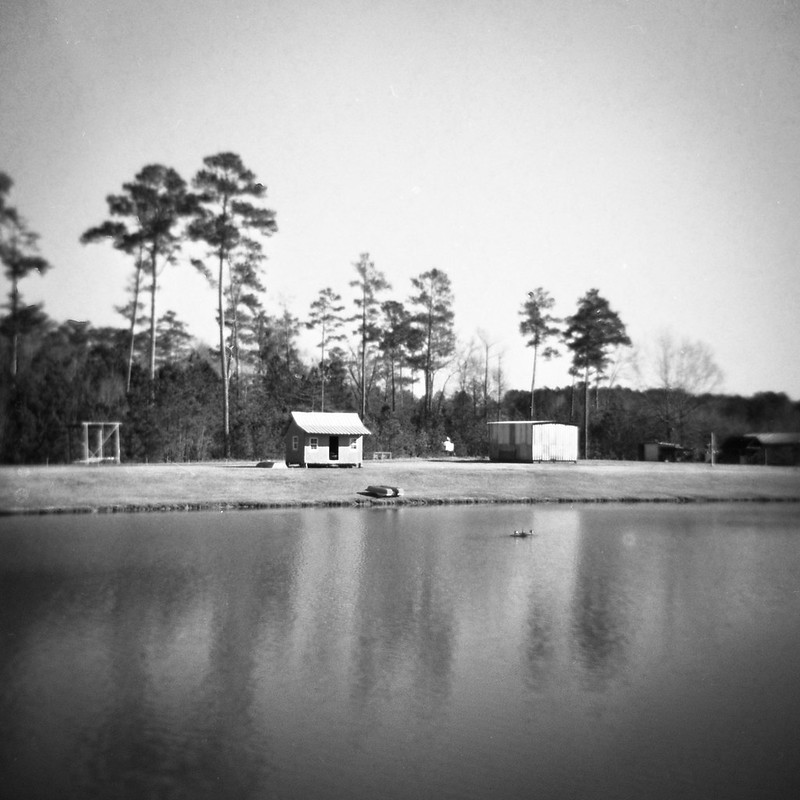
Catlabs 320 is another favorite. It is high quality, has easy to read numbers and it is sensitive to infrared light, if you use an infrared filter.

I develop black and white and color films but if you drop off or mail your film for developing, you may have challenges with black and white film as it often costs more and takes longer to get developed. If desired, you may want to try Ilford XP2 Super 120 film as it can be developed in color chemistry at all photo labs, and will not cause delays. Price is reasonable when processing is considered and the film has lots of pluses. The only minus is hard to read frame numbers, a factor with all Ilford films.
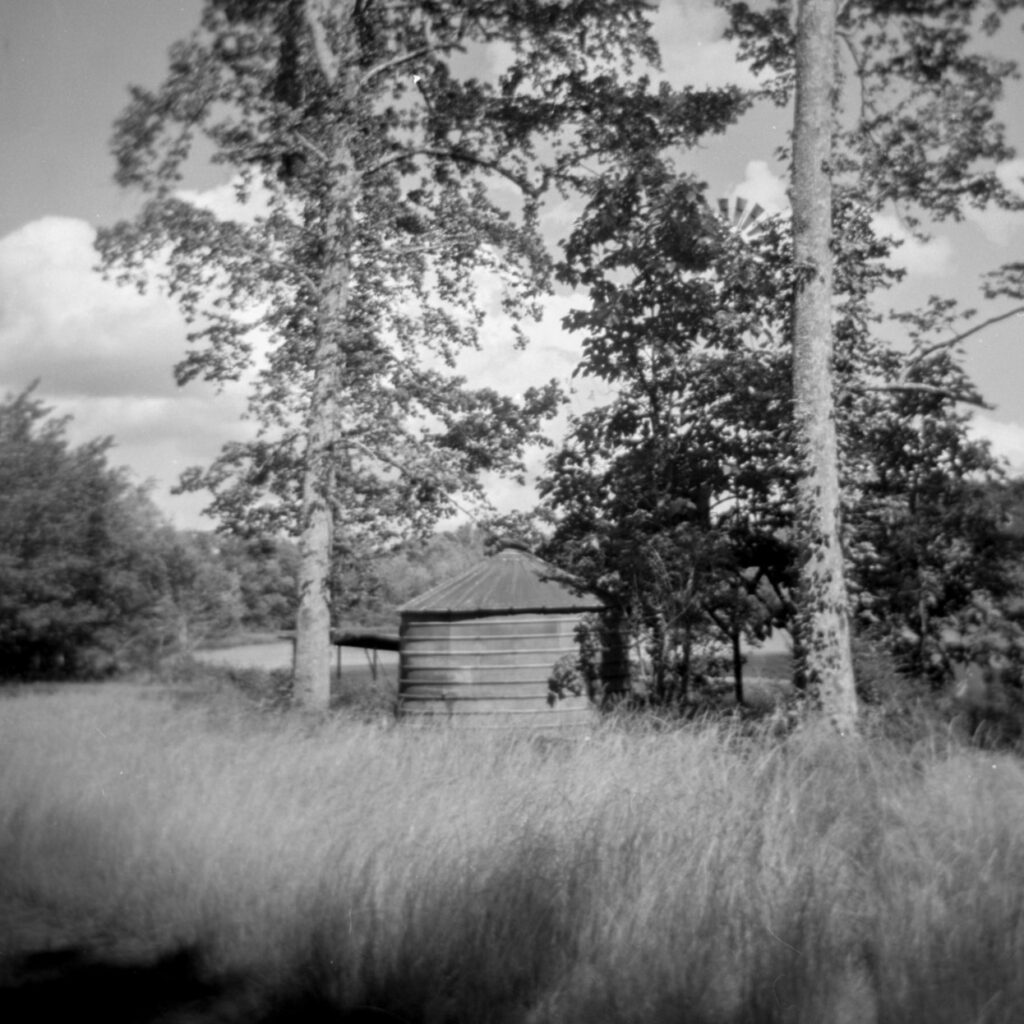
Color Films
Kodak Gold 200 is one of the most reasonably priced color films and has great color. The frame numbers are relatively easy to see.
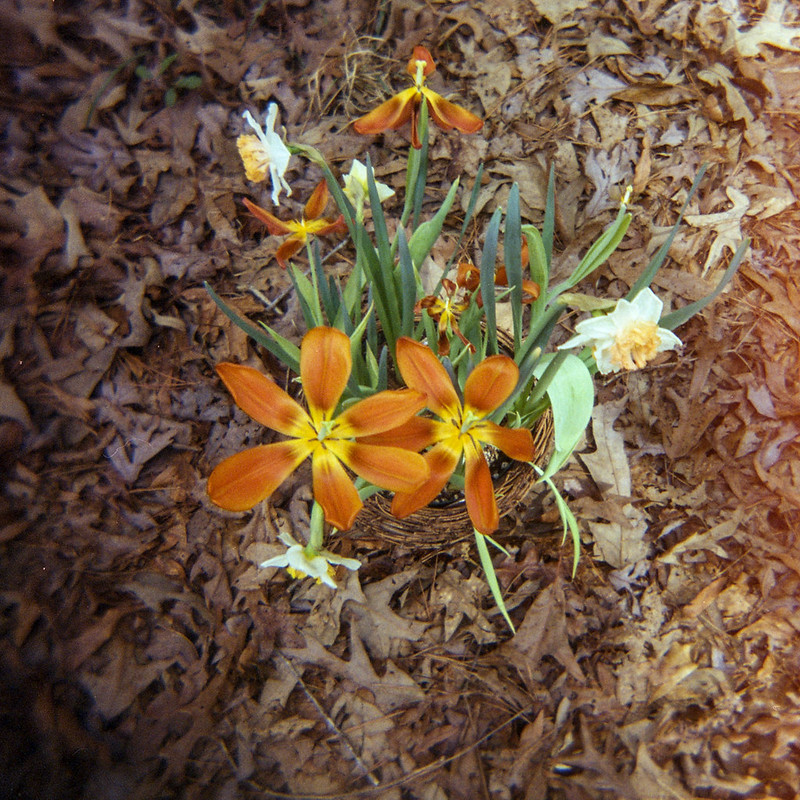
Lomo Color films are also favorites of mine and have easy to read frame numbers.
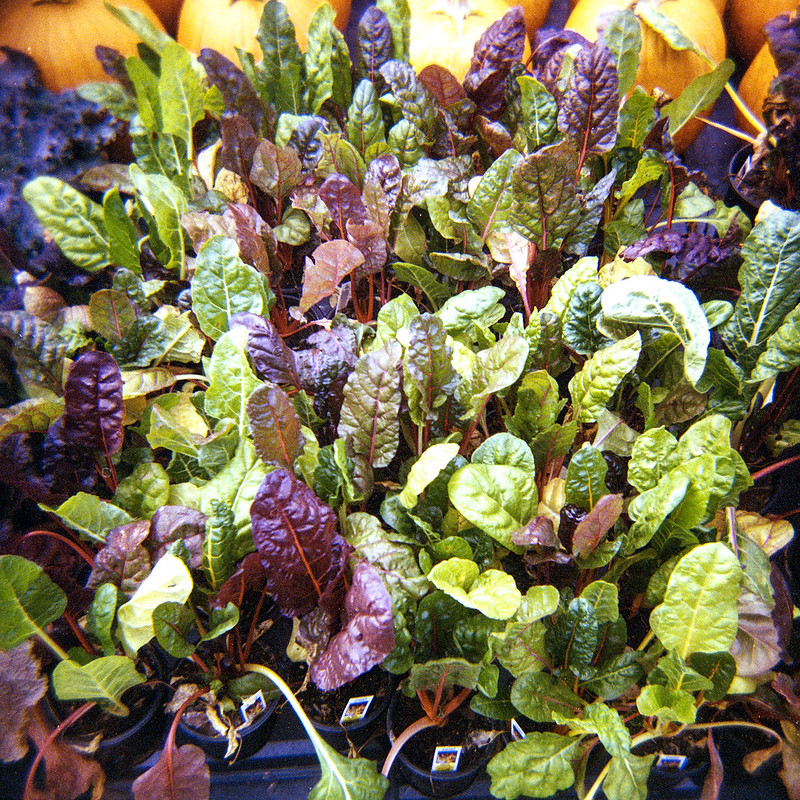
In addition to the normal Lomo color films, I always have a Holga loaded with Lomo Turquoise film for great special effects.
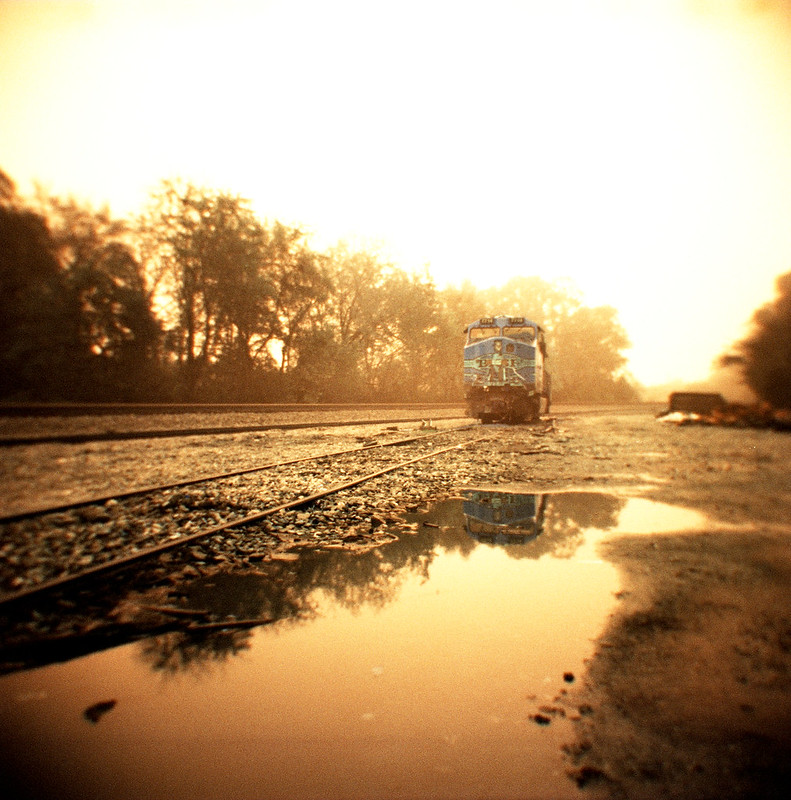
I wouldn’t even think of slide film in a Holga as I don’t have enough confidence with the limited exposure options.
Preventing Light Leaks
You may have seen videos and articles about taping Holgas to prevent light leaks. Some folks tape every seam as well as over the bulb/normal selector, sunny/cloudy selector, and even the body joints around the shutter assembly. Others spray paint the inside with flat paint.
Maybe these folks have poor quality or damaged Holgas. As far as my shooting, I use two pieces of tape, one over each sliding latch, to prevent the latch from sliding open during operation or when dropped.
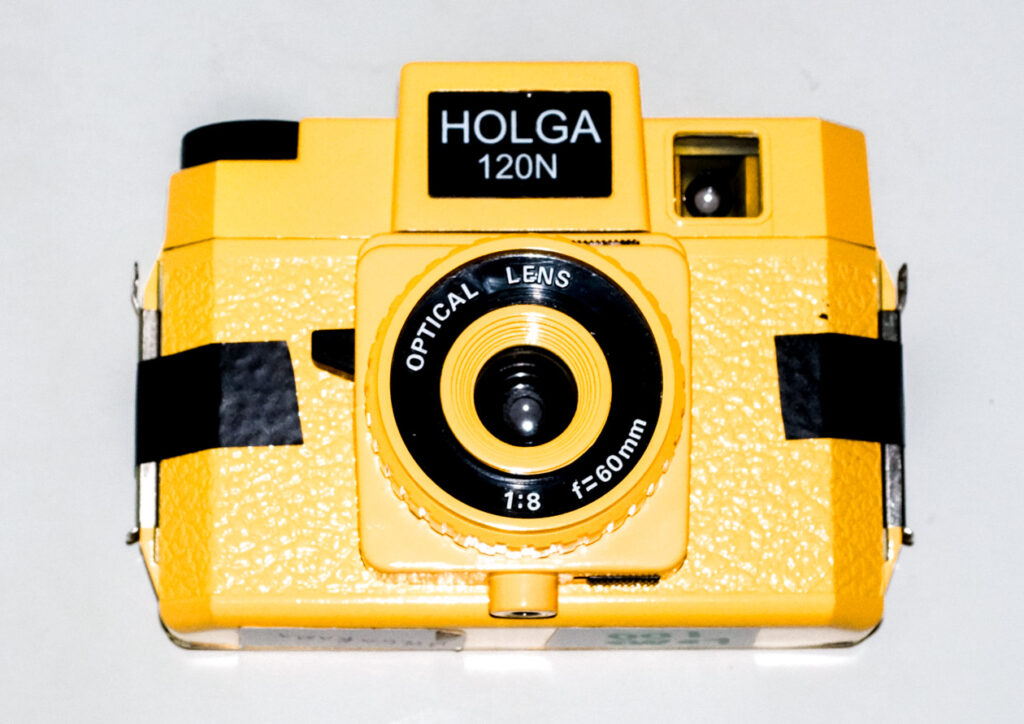
I shoot 13 different 120 format Holgas and the only light leaks that have occurred were when I have been sloppy with loading or unloading. It can lead to a great or horrible effect, depending on how you look at it.
The next photo shows frame numbers and dots that have printed through the backing paper because of the bright light leaking into the frame.
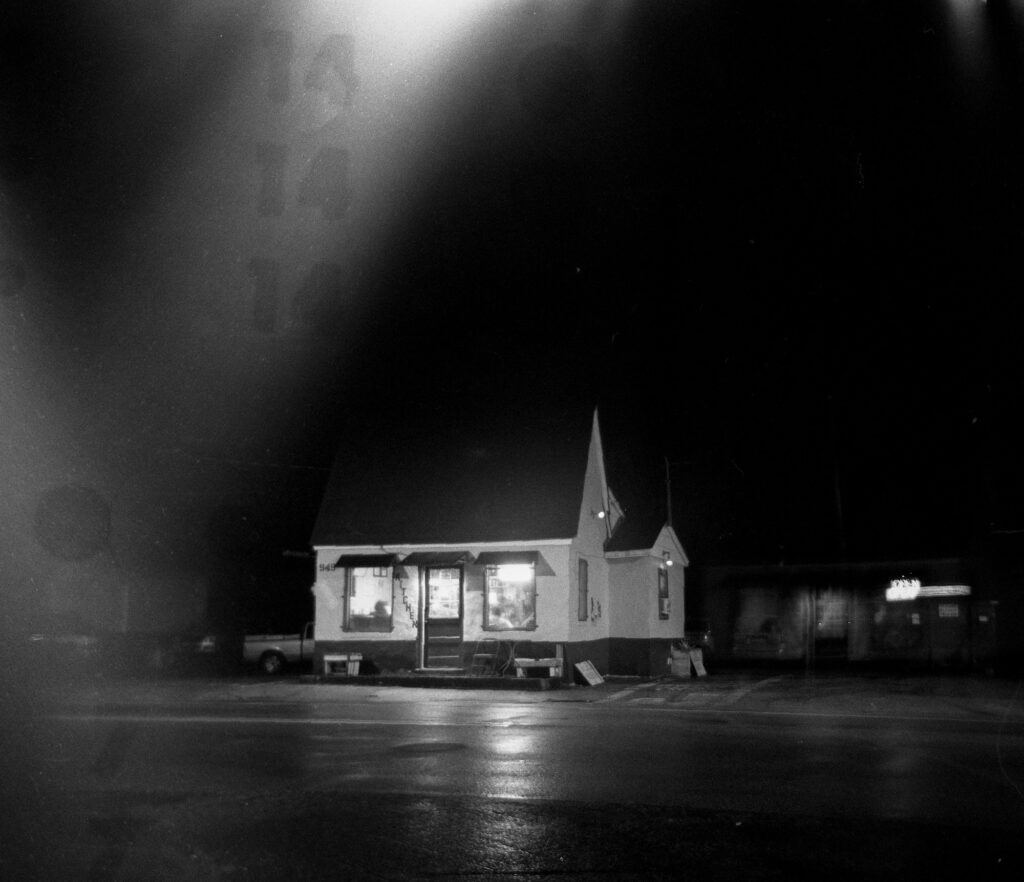
Next is an example of an unloading light leak with the last photo on the roll.
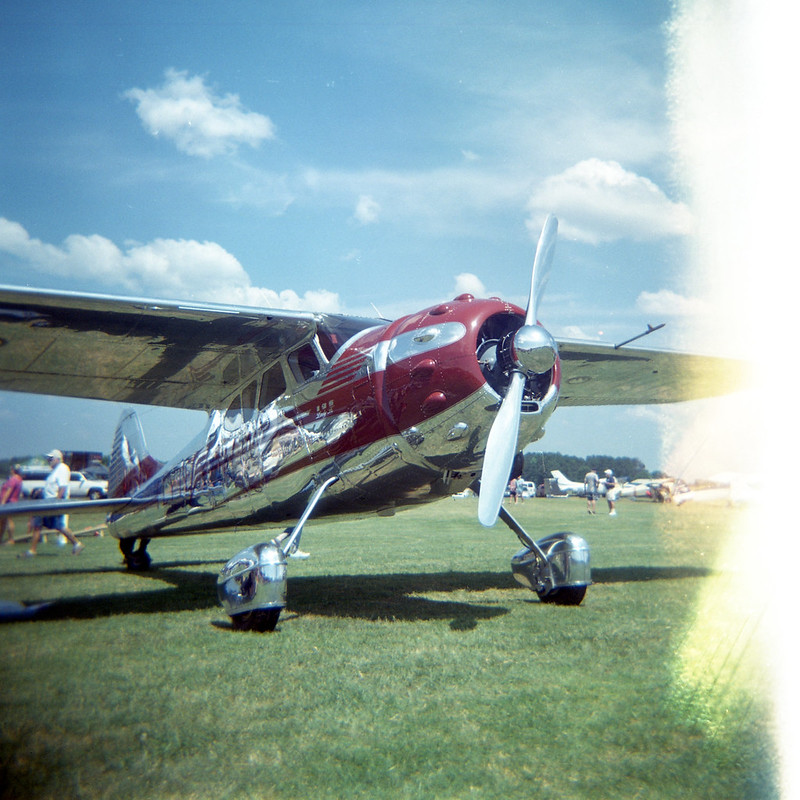
It is easier to have film unspool in the camera with resulting light leaks when loading or unloading if the foam pads under the film spools are missing. There are lots of fixes online for this but I use this.
Some of my old Holgas had no spool pads so online, I got my foam Sheets, 12 Pack, 2mm thick, 6X9 to make pads as instructed in the video. They work very well.
If you are winding film smoothly and suddenly it becomes very hard to wind on, it is likely that a foam spacer has dislodged and caught in the film roll. You can unload and rewind the roll in the dark as you get it to release the foam, or as I confess, wind hard and hope for the best. No guarantees, but it has worked for me the two or three times it happened.
Loading
Sometimes the Holga spools seem very easy to load and sometimes quite difficult. You may need to wiggle and gently rotate the empty and full film spools to get them to snap into place. It may help to align the spool slots with the wind-on sprocket as you try. Be persistent and they will finally snap in.
To wind on, after sticking the leader tab in the take up slot, I let two or three fingers firmly ride on the backing paper at the take-up reel as I wind. Most of the time the film will wind on easily. If not, try again. If still a problem, pull out the take up spool, roll a few turns of the leader onto it and then snap it back in.
Shooting
You may already know that many Holgas are marked with sunny and cloudy, supposedly for f/11 and f/8. Unfortunately, many actually don’t have two f/stops at all as both positions may give you the same sized hole. You can look through the lens and see if the selector makes any difference as you move it but don’t leave the selector between positions.
I don’t worry or over think exposure and usually just use Sunny 16 for outside exposures. For inside or night work, I usually the bulb setting and my Black Cat Exposure Guide for the first exposure and then shoot the scene again with a much longer shutter speed, 3X or 4X the original exposure.
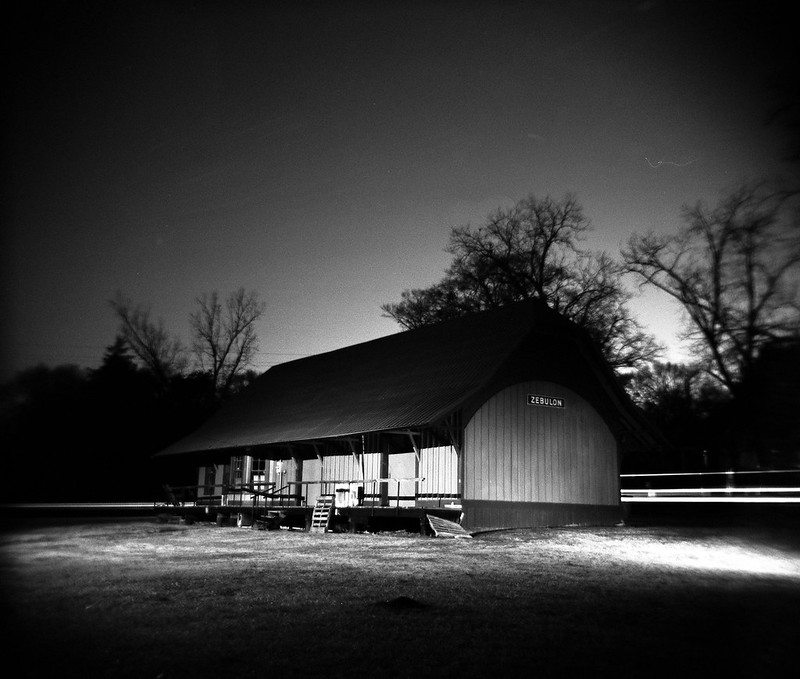
Unless you are shooting at night or with a really slow film, be sure the shutter selector is set to normal. Many Holga shooters wonder why every picture on a roll is really blurry until they see they have been shooting on bulb mode. (I’m speaking from experience.) You might even want to put it on normal and tape the switch so it won’t move.
For night and for Holga Pinhole shooting, you will need the bulb mode and will do best with a tripod and a cable release adaptor slipped on the camera.
Here are two different Holga cable release adaptors posing with two cable releases. You may want more than one cable release as they are easy to lose in the dark as you wander looking for subjects. I’ve lost two or three over the years.
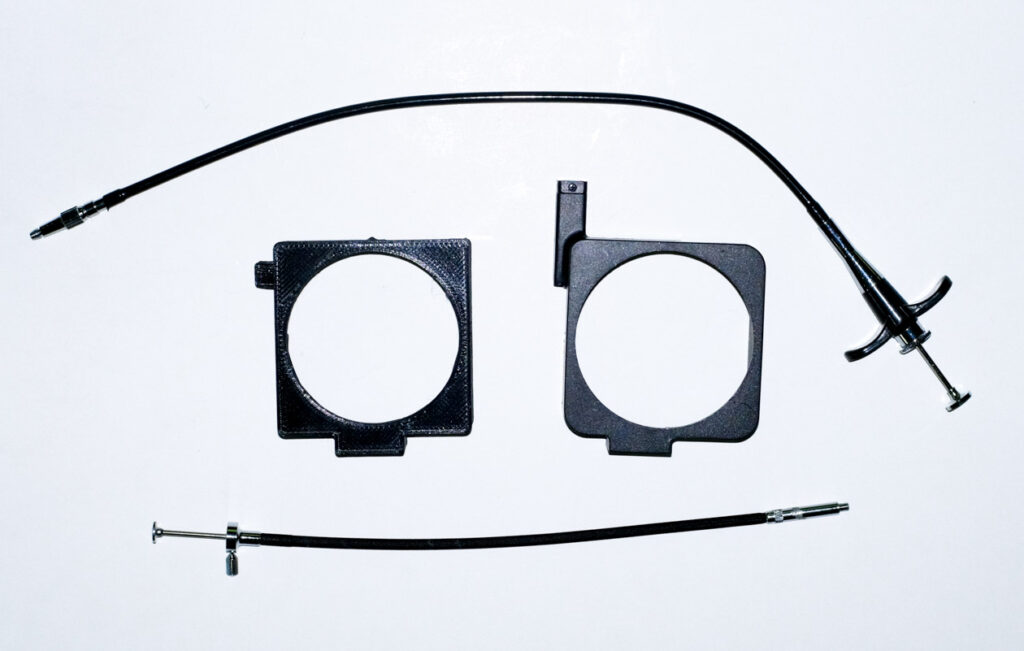
As an alternative, for night work, I use a modified Holga with the shutter removed to eliminate the need for cable releases and adapters. But so modified, I can’t use it in the daytime.
If you regularly use your Holga on a tripod, I found that a stick-on level is quite helpful. They don’t do any good on hand-held shots, though. See the next photo for an example on a Pinhole Holga.
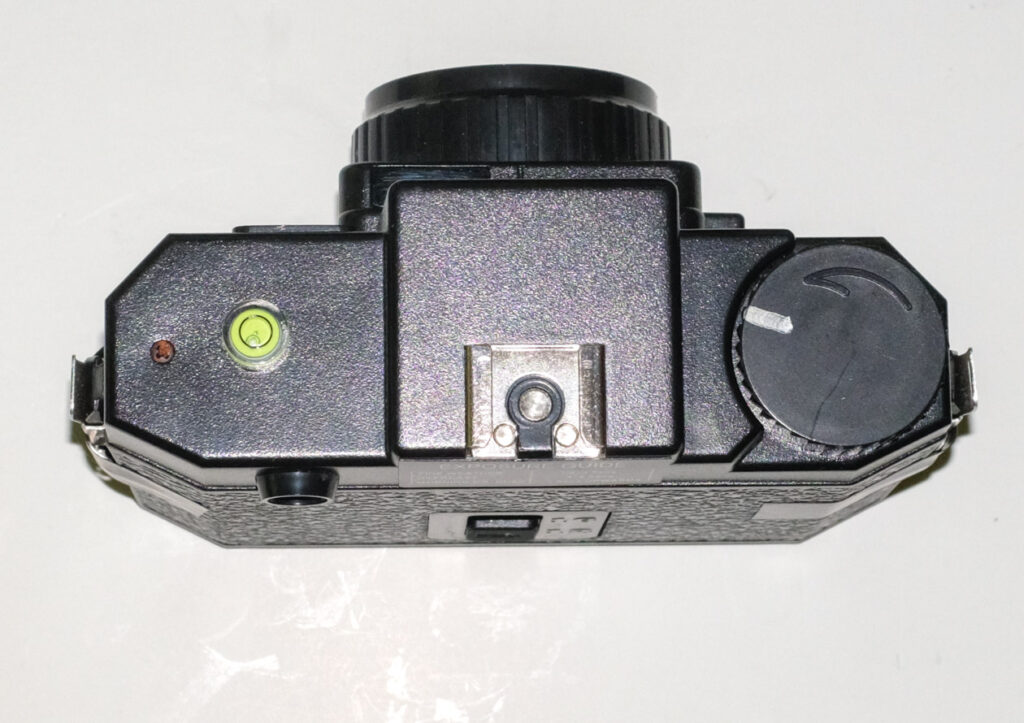
Here is an example of what you can get with Holga night photography.
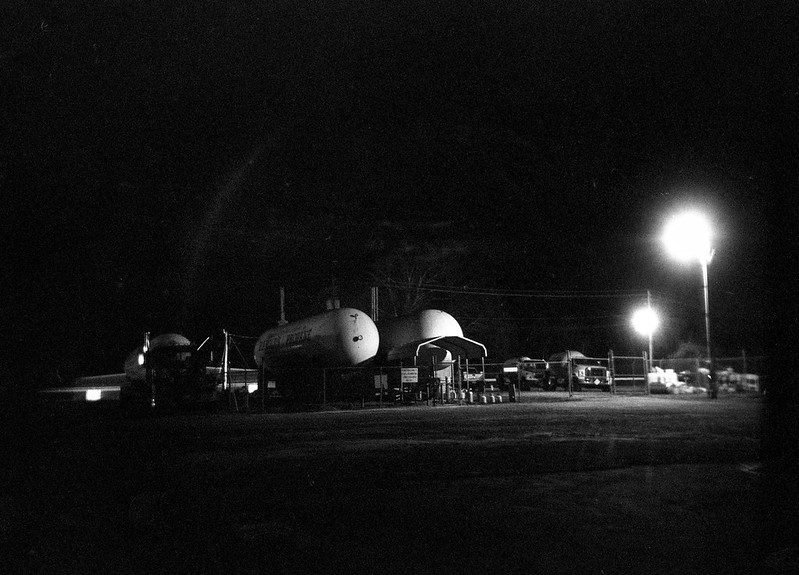
Winding
I don’t tape over the red window to prevent light leaks as I’ve never had a problem.
When I am winding at night, I have a small flashlight on a lanyard around my neck so I can see the numbers but even then with some films, it can still be hard. It is good to know that frame spacing is one turn of the winding knob plus 1 to 7 clicks, depending on where you are on the roll. It takes more extra clicks at the beginning of the roll. I find it easiest to mark the winding knob so you can easily see when you have completed a rotation. See the winding knob mark on the previous camera photo.
If you need to load without numbers at all, load and advance the film until you see the two-headed arrow symbol across the film as it first appears.
Close the back and wind seven full turns of the winding knob and you will be on or close to exposure #1. Occasionally, a film is not standard so you might want to test these numbers in good light using the red window for a baseline.
Common Shutter Repair
If you have an old Holga and the shutter is stuck, they are relatively easy to repair, at least so far for me.
In two or three of my older Holgas, I could not get the shutters to function regularly, even after a number of cleanings with lighter fluid. I found that just a little sewing machine oil on the edge of the big round brass fittings freed them up and all are working nicely.
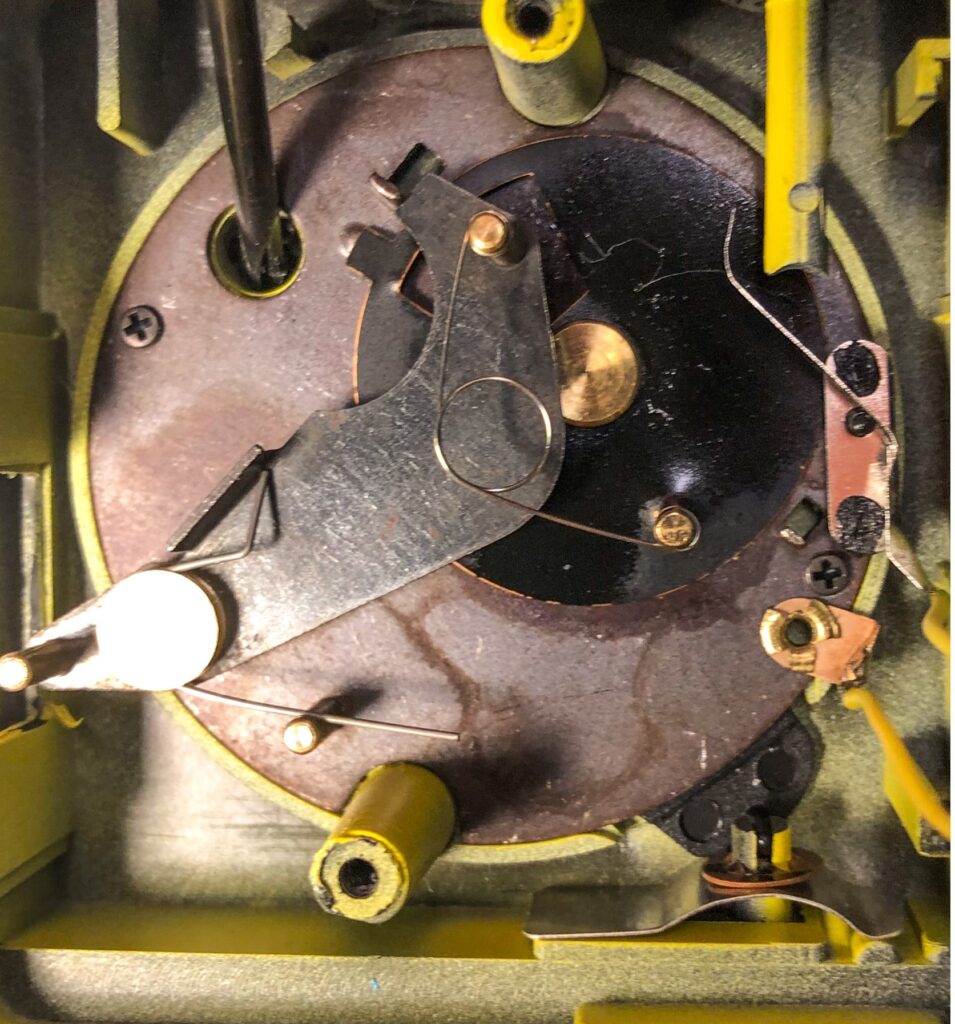
That takes care of my Holga tips and I’m hoping many of you will find them useful.
I will leave you with a few of my favorite Holga shots.
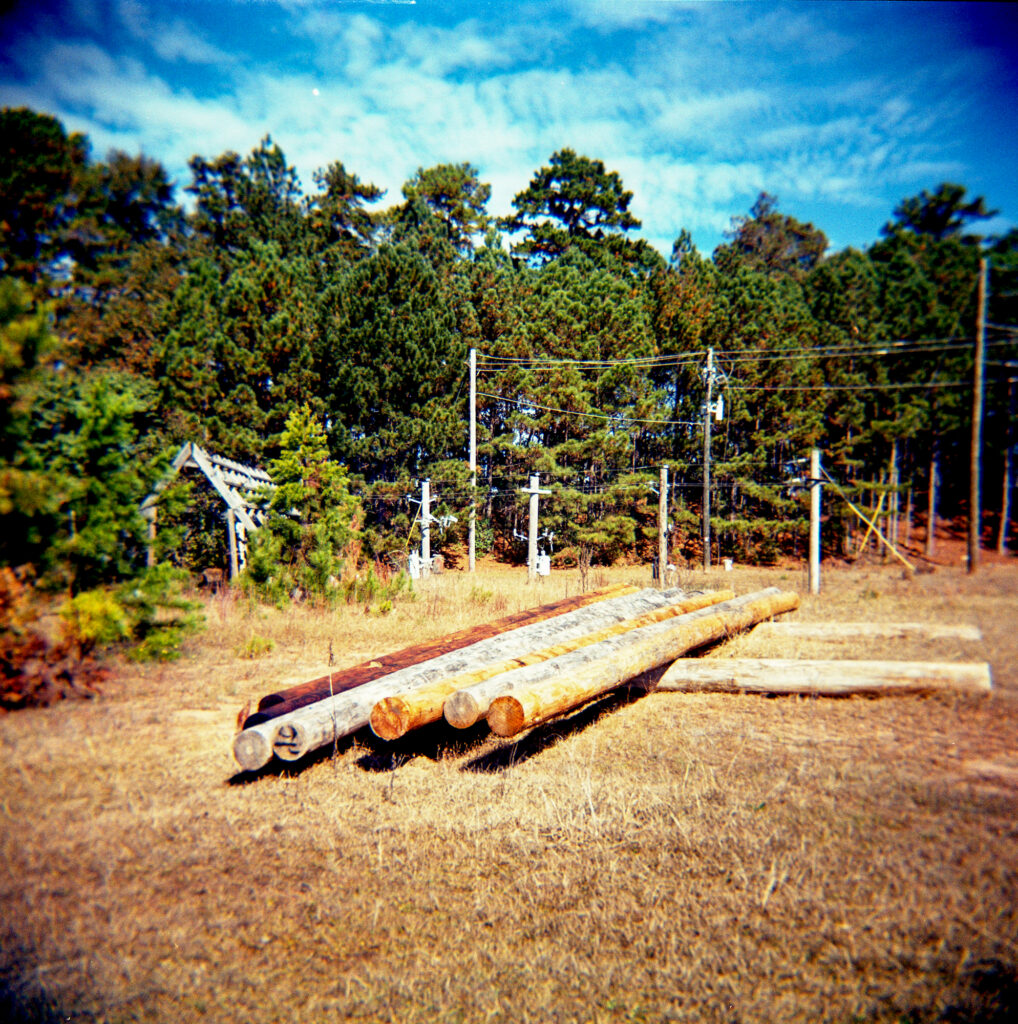
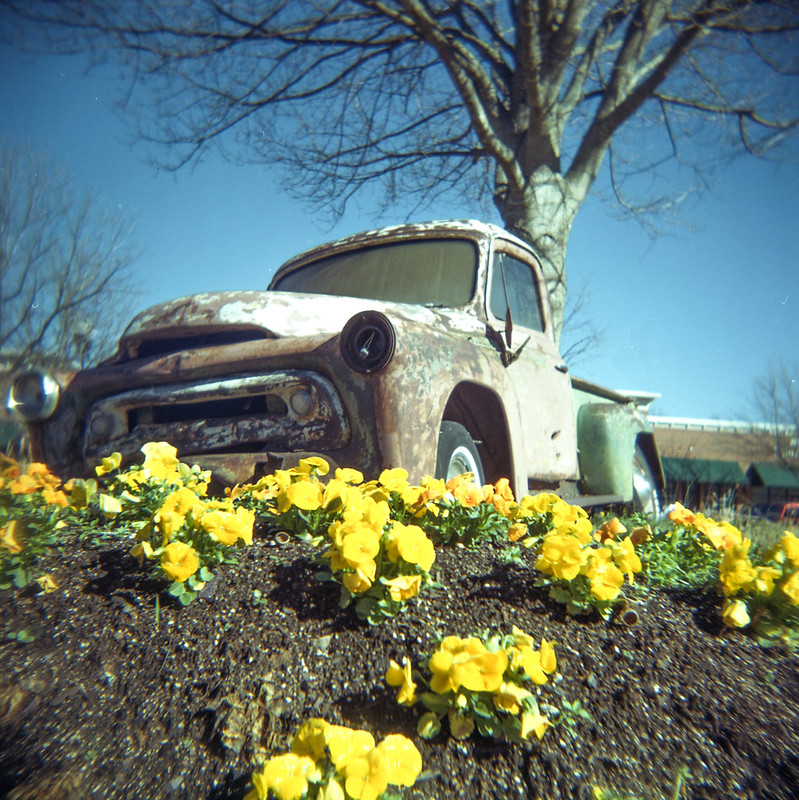
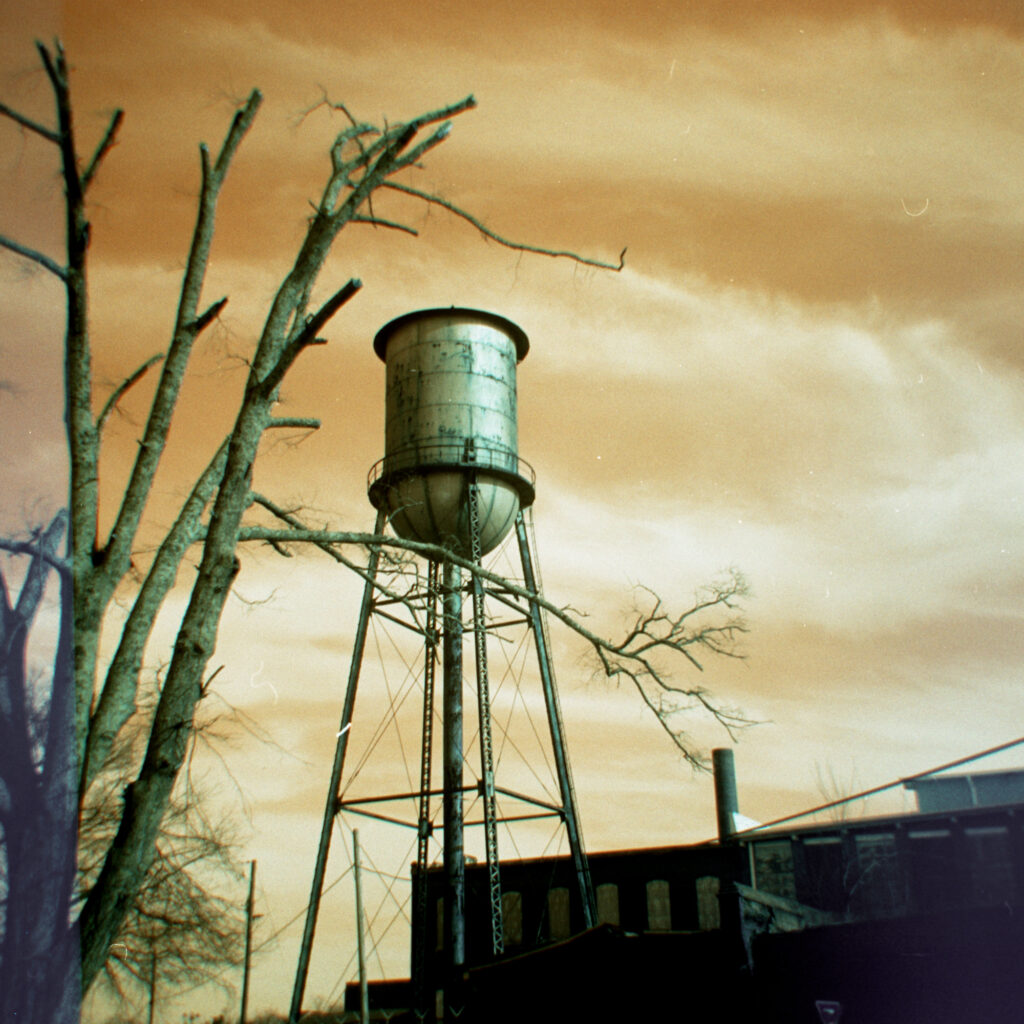
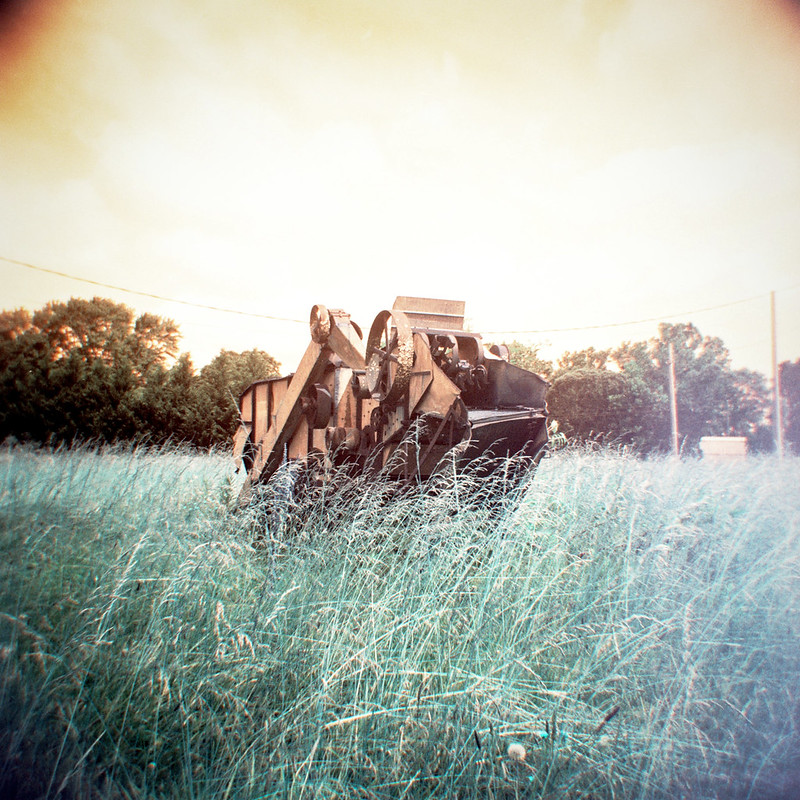
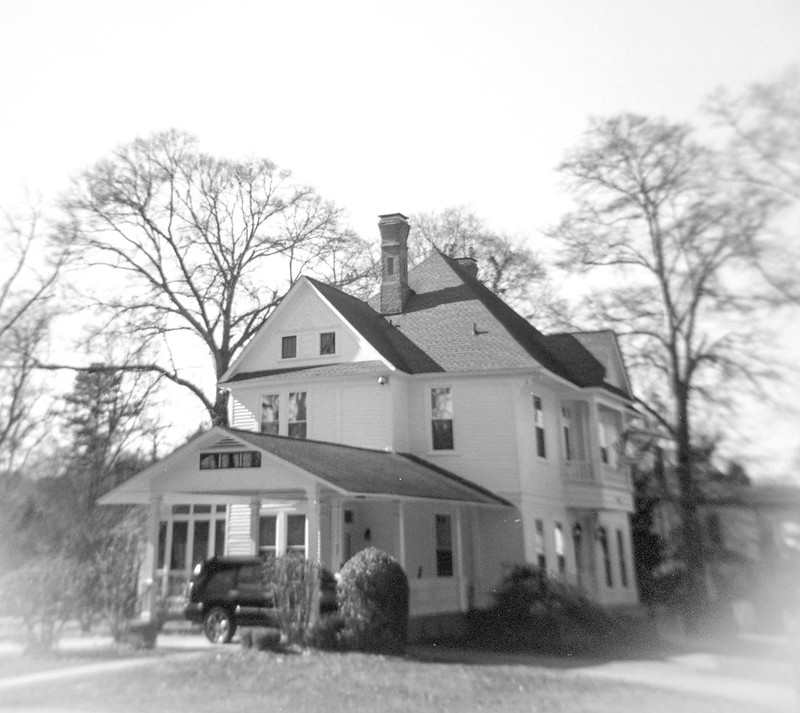
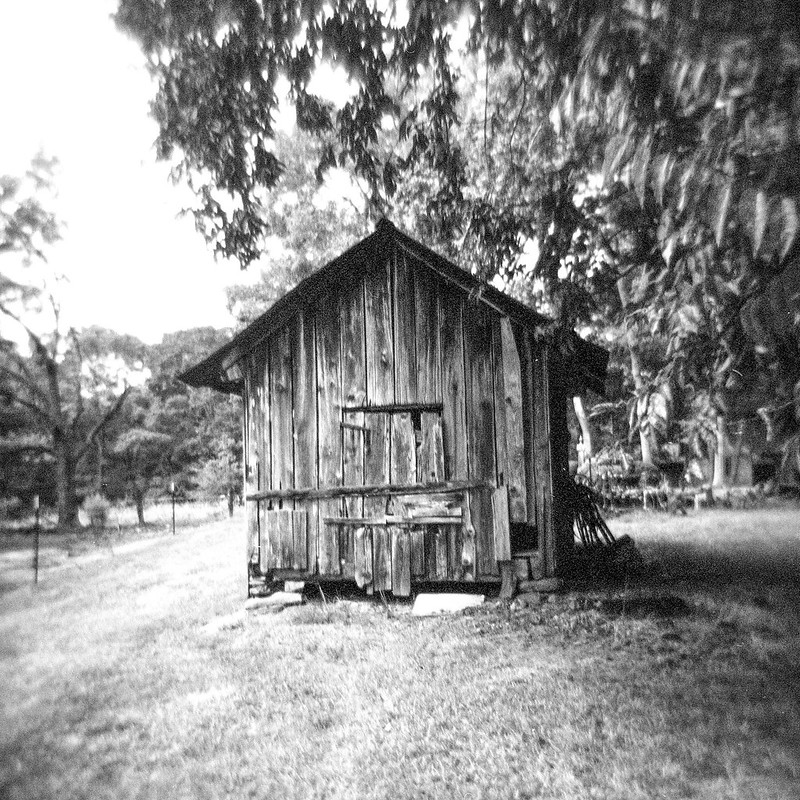
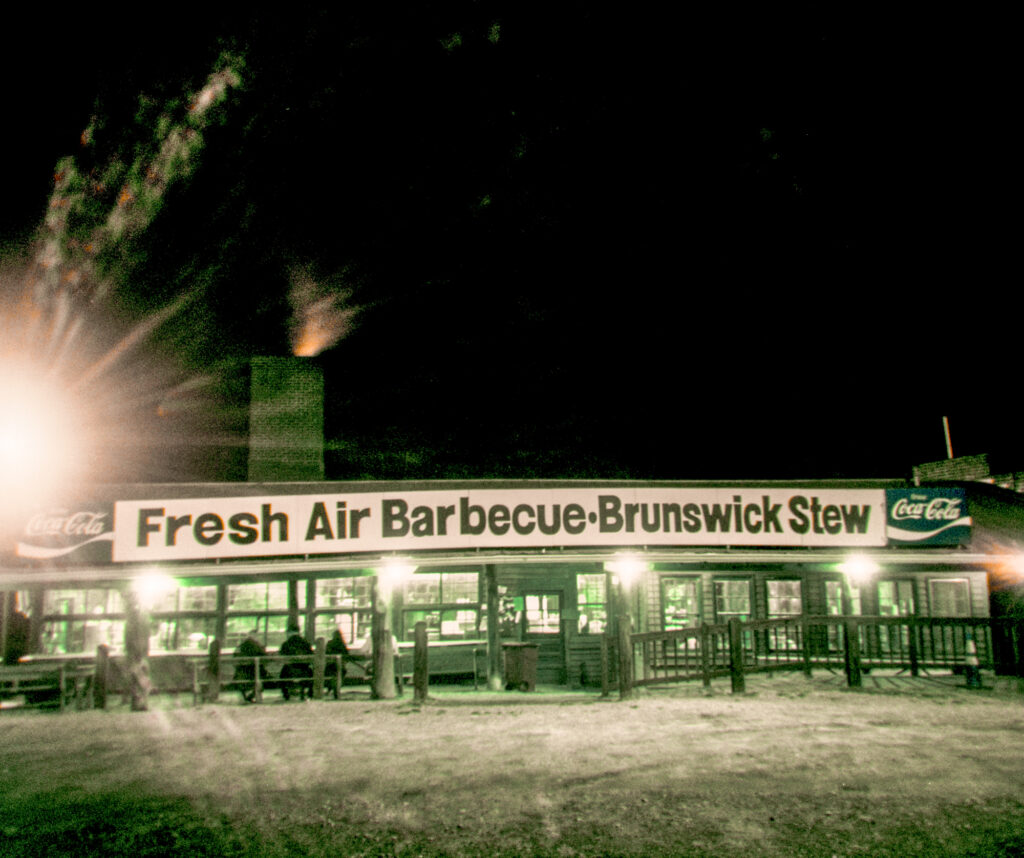
You can find my work on Flickr under Neal Wellons or Neal3K
Share this post:
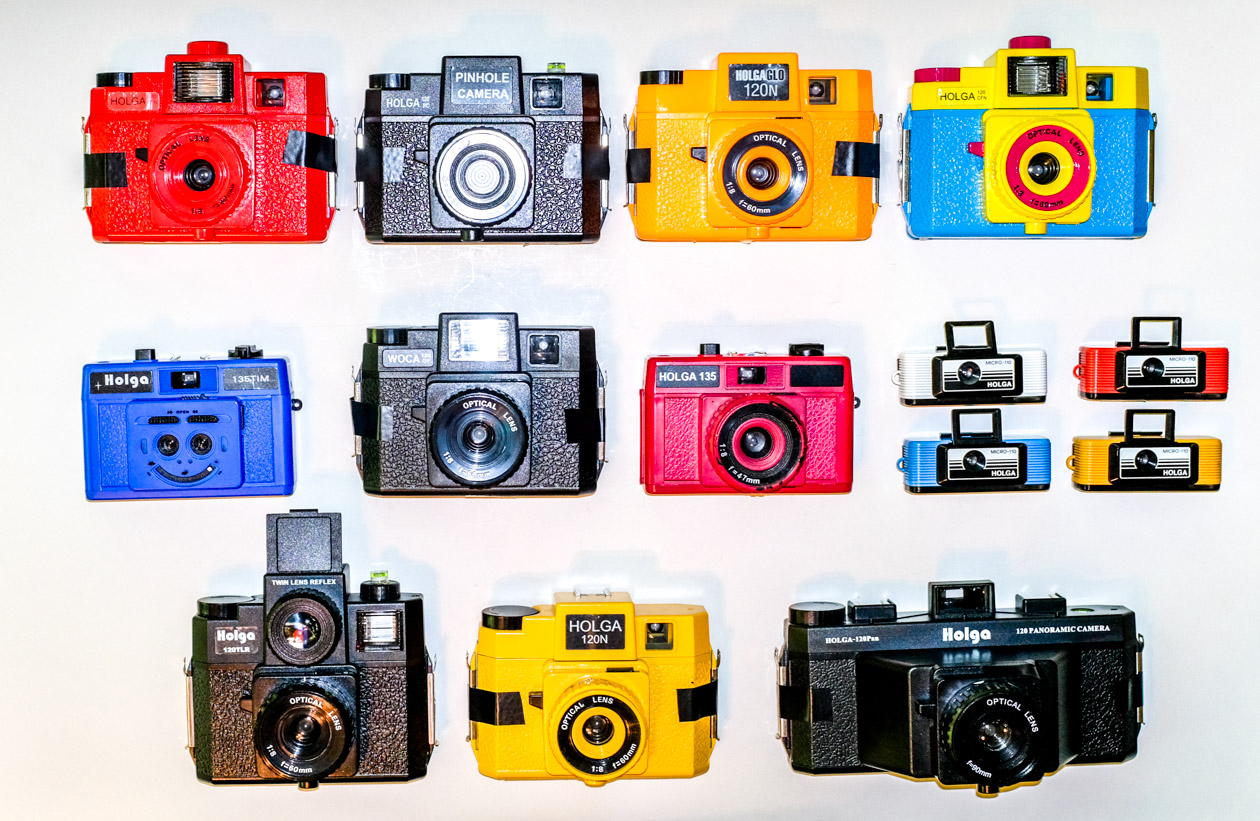
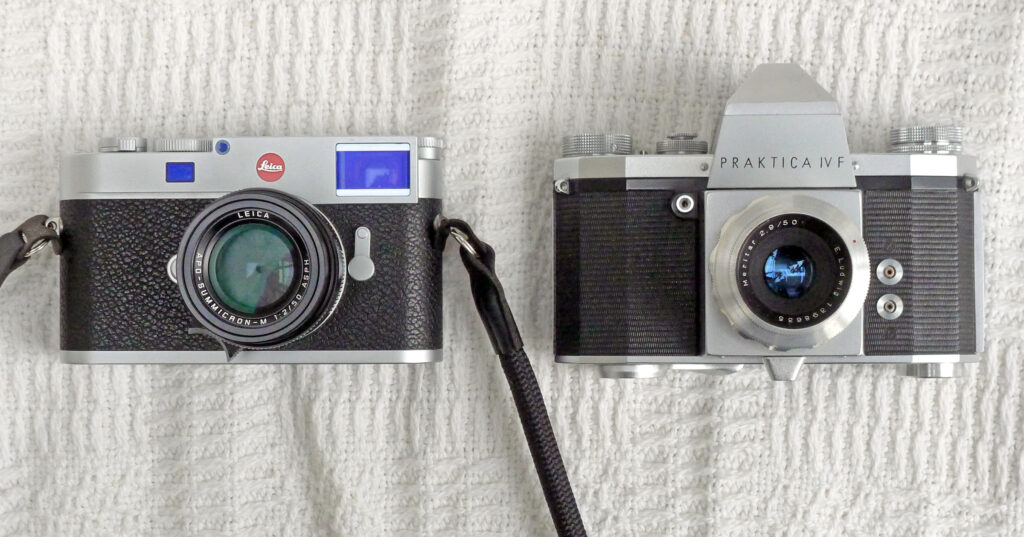
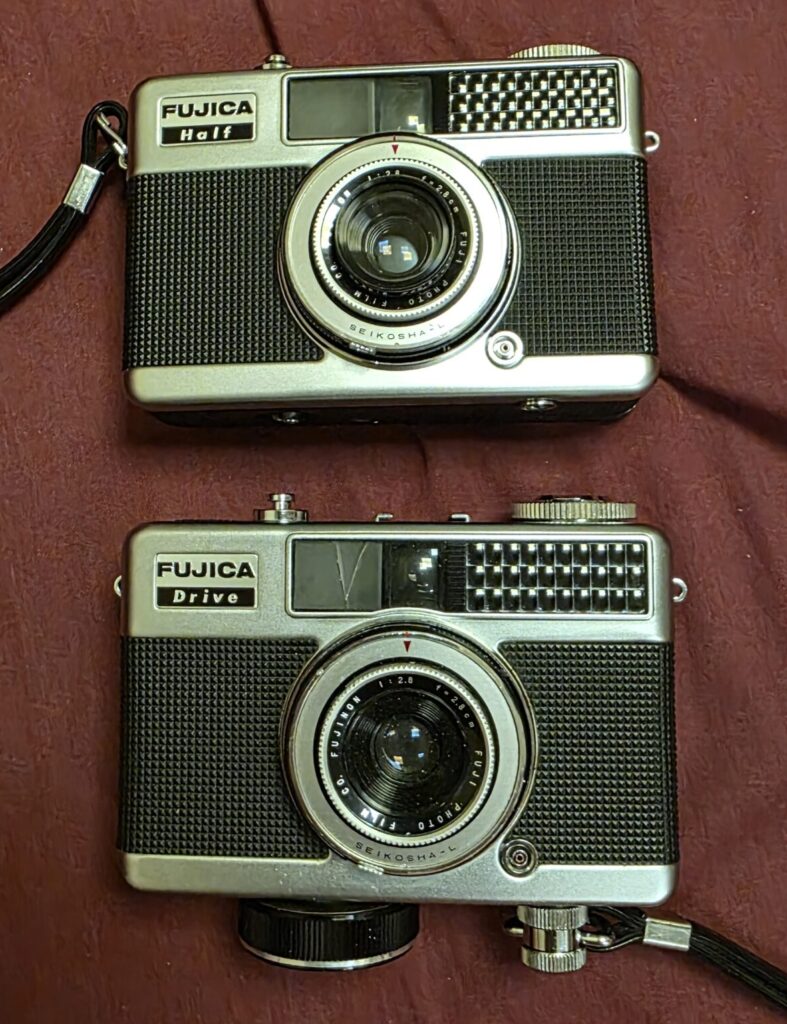
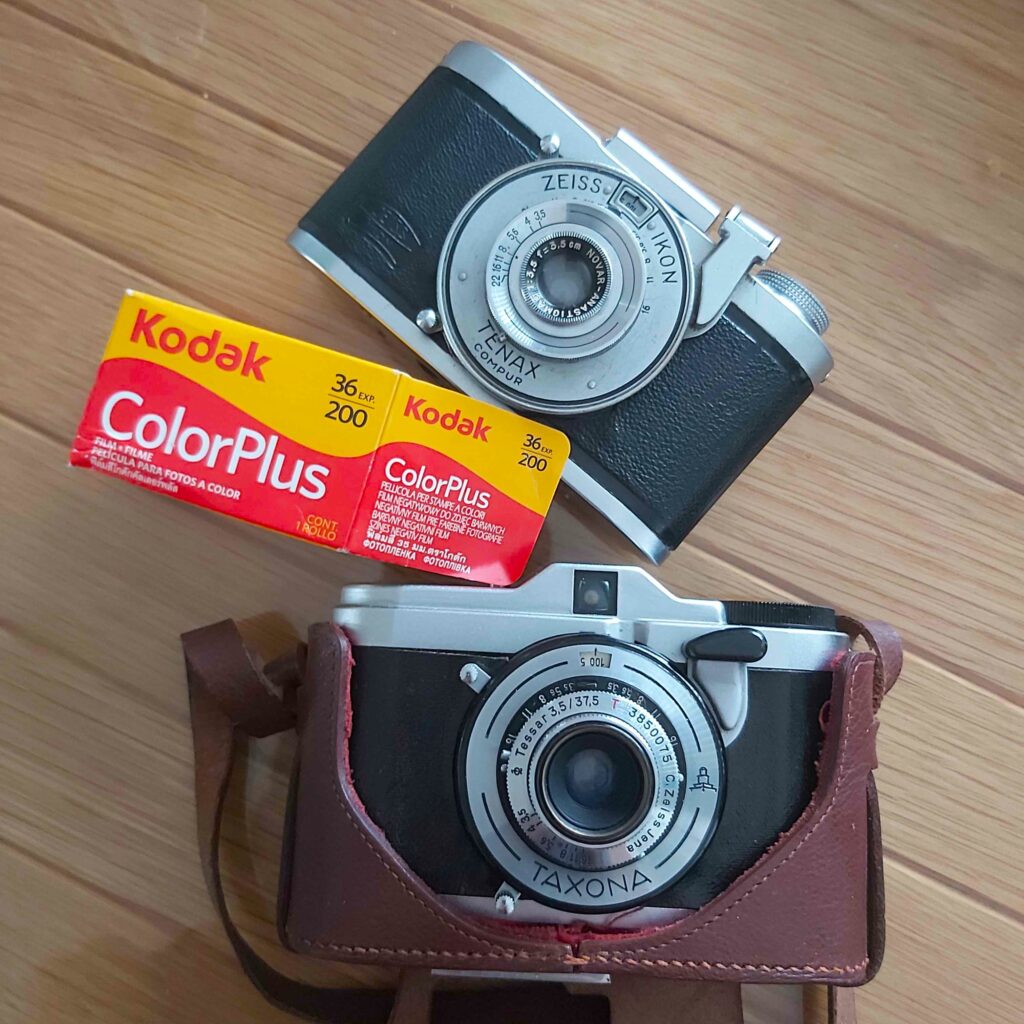
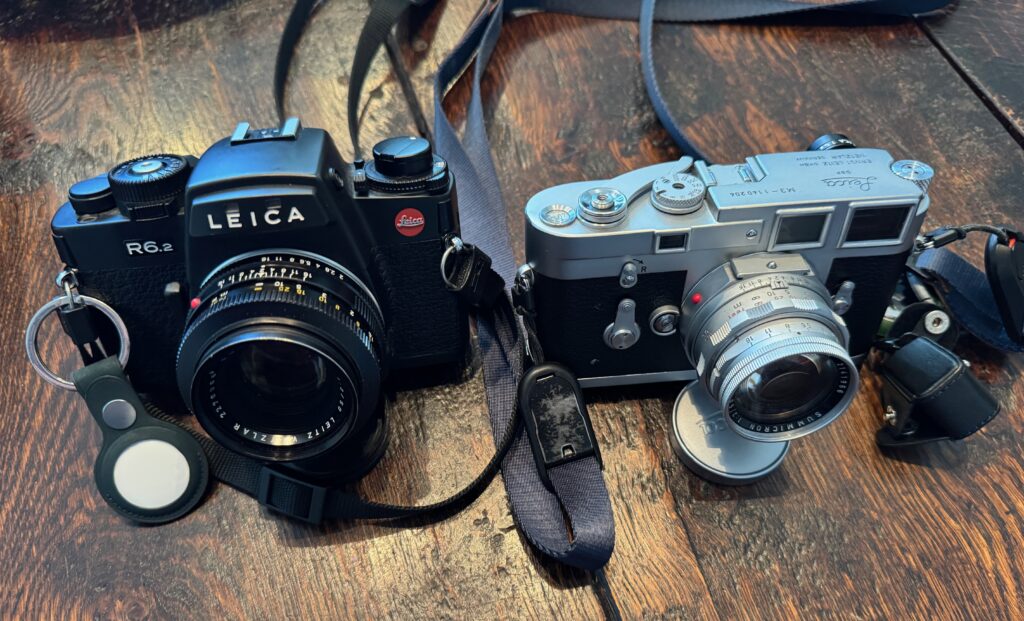




Comments
Kevin Ealain on Holga Tips from a Holga Nut
Comment posted: 03/07/2024
That said I’ve got a 120N and boy howdy do I struggle with exposure. If you have tips for that next, I’m all ears! (Or eyes?)
Comment posted: 03/07/2024
Curtis Heikkinen on Holga Tips from a Holga Nut
Comment posted: 03/07/2024
Comment posted: 03/07/2024
Gary Smith on Holga Tips from a Holga Nut
Comment posted: 03/07/2024
Comment posted: 03/07/2024
Boris Strochyon on Holga Tips from a Holga Nut
Comment posted: 03/07/2024
Comment posted: 03/07/2024
Uli Buechsenschuetz on Holga Tips from a Holga Nut
Comment posted: 03/07/2024
I love my Holga GCFN and the Diana F+ with the glass lens. Recenttly I got a Holga 135 BC, but its film transport isn‘t working properly (uneven spacing and / or double exposures). Have you come across this?
Comment posted: 03/07/2024
Comment posted: 03/07/2024
Marcus Gunaratnam on Holga Tips from a Holga Nut
Comment posted: 03/07/2024
Comment posted: 03/07/2024
Dean Lawrence on Holga Tips from a Holga Nut
Comment posted: 04/07/2024
Thank you so much for posting, a really cracking article.
Comment posted: 04/07/2024
Comment posted: 04/07/2024
Tony Warren on Holga Tips from a Holga Nut
Comment posted: 06/07/2024
You have produced some really good images with these simple devices, something I really admire. So much is done in camera these days, it is easy to miss something. I am sure everyone will admit to having shot without focussing, I know I have.
And the films you show are interesting. The Turquoise produces colours very like my old Olympus 1999 era digital through a IR filter.
Thank you.
Comment posted: 06/07/2024